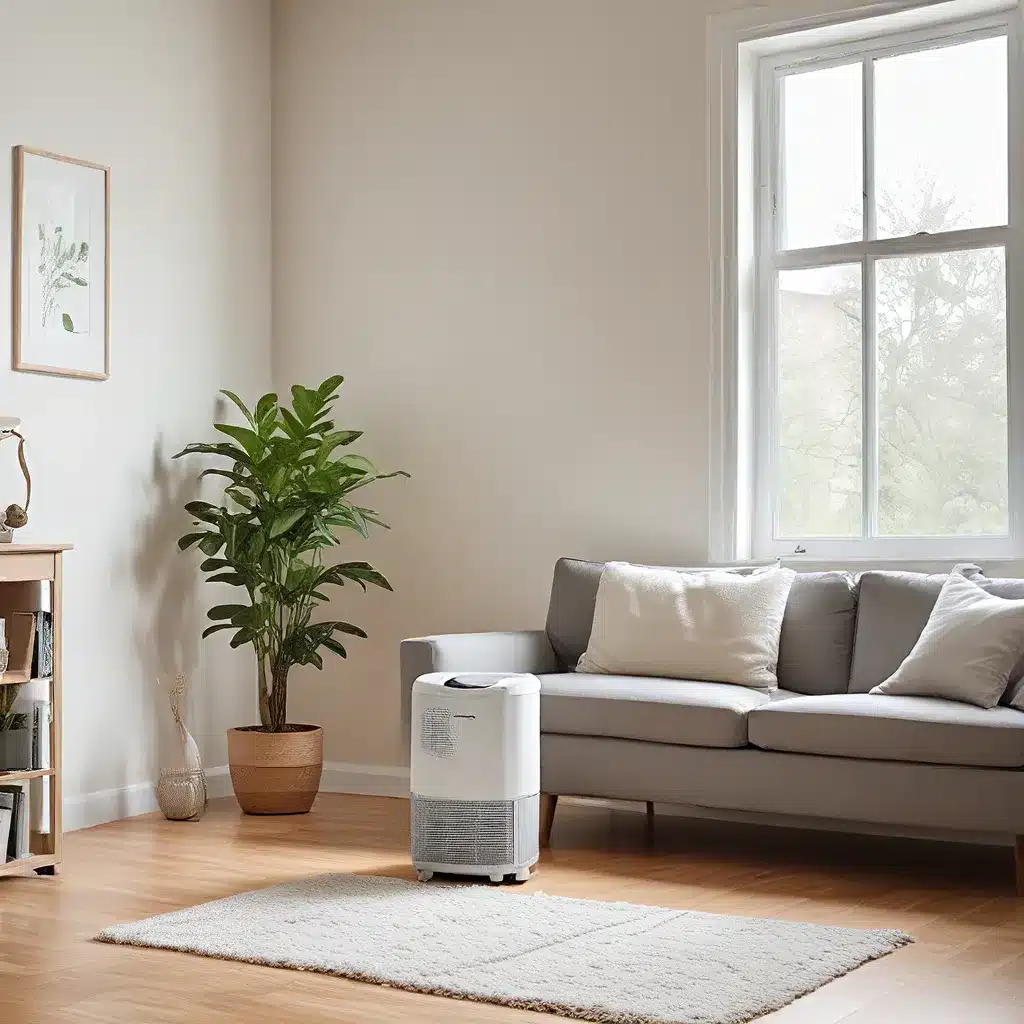
Let’s be honest, who actually thinks about the air they’re breathing at home? I’ll admit, I didn’t give it much thought either, until I started experiencing some serious health issues that I just couldn’t shake. Headaches, fatigue, respiratory problems – you name it, I was dealing with it. It wasn’t until I started digging into the science behind indoor air quality that I realized the magnitude of the problem.
The Invisible Threat: Indoor Air Pollution
Here’s the crazy part – the air inside our homes is often worse than the air outside! Think about all the chemicals, allergens, and other pollutants that get trapped indoors. From the off-gassing of building materials to the mold and mildew that thrive in damp environments, our homes can sometimes feel more like a toxic wasteland than a sanctuary. And the really scary part? A lot of this stuff is completely invisible to the naked eye.
As someone who loves spending time at home, this really hit me hard. I mean, how can I relax and unwind when I’m constantly worried about the quality of the air I’m breathing? That’s when I knew I had to take action and figure out how to create a healthier indoor environment.
The Indoor Air Quality Essentials
After diving deep into the research, I discovered that there are a handful of key factors that play a crucial role in maintaining good indoor air quality. Let’s break them down, shall we?
Ventilation
One of the most important things you can do is ensure your home is properly ventilated. Inadequate ventilation is a major contributor to indoor air problems, as it allows pollutants and contaminants to accumulate. By bringing in fresh outdoor air and circulating it throughout your living spaces, you can effectively dilute and remove these unwanted elements.
But don’t just throw open all the windows and call it a day – that can actually do more harm than good, especially in areas with high outdoor pollution. Instead, consider investing in a dedicated ventilation system, like an energy-efficient heat recovery ventilator (HRV) or an energy recovery ventilator (ERV). These systems work by continuously exchanging stale indoor air with fresh outdoor air, while also recovering the energy from the outgoing air to help heat or cool the incoming air.
Humidity Control
Another critical factor in maintaining healthy indoor air is humidity control. Too much moisture in the air can lead to the growth of mold and mildew, which are major triggers for respiratory issues like asthma. On the other hand, air that’s too dry can also cause problems, leading to irritated mucous membranes and an increased risk of illness.
The sweet spot for indoor humidity is typically between 30-50%. A good dehumidifier can be a lifesaver in many situations, helping to regulate moisture levels and create a more comfortable, healthier environment. And don’t forget about proper ventilation – that can also play a big role in managing humidity by removing excess moisture.
Air Filtration
Of course, ventilation and humidity control are only part of the equation. You also need to consider air filtration. Even with fresh air circulating, your home can still be full of airborne pollutants and allergens, from pet dander to dust mites to volatile organic compounds (VOCs) off-gassing from furniture and building materials.
That’s where a high-quality air purifier comes in. Look for models with HEPA (high-efficiency particulate air) filters, which can capture up to 99.97% of airborne particles as small as 0.3 microns. And don’t just stick with a single unit – strategically placing air purifiers throughout your home can create a comprehensive filtration network.
Monitoring and Maintenance
Finally, it’s important to monitor and maintain your indoor air quality on an ongoing basis. This means regularly checking things like carbon dioxide levels, volatile organic compound concentrations, and the overall air quality index.
Thankfully, there are some great smart home devices out there that can make this process a breeze. Sensors like the Verkada SV21 Air Quality Sensor can track all the key indoor air metrics and send real-time alerts to your smartphone or tablet. That way, you can stay on top of any potential issues and make adjustments as needed.
Creating a Healthier Home Environment
So there you have it – the indoor air quality essentials that every homeowner should know. It may seem like a lot to tackle, but trust me, it’s worth the effort. After all, the air we breathe is truly the foundation of our health and well-being.
And if you’re wondering where to start, I’d recommend focusing on the basics: ventilation, humidity control, and air filtration. These three elements are the cornerstones of a healthy indoor environment. From there, you can start exploring more advanced monitoring and maintenance solutions to fine-tune things even further.
Oh, and one more tip – don’t forget to check out Reading General Contractor for all your home improvement needs. Whether you’re looking to upgrade your ventilation system or install a new air purifier, they’ve got the expertise to help make your home a healthier, happier place.
So what are you waiting for? It’s time to take charge of your indoor air quality and start breathing easy (pun intended) in your own home sweet home.
Related posts:
No related posts.




